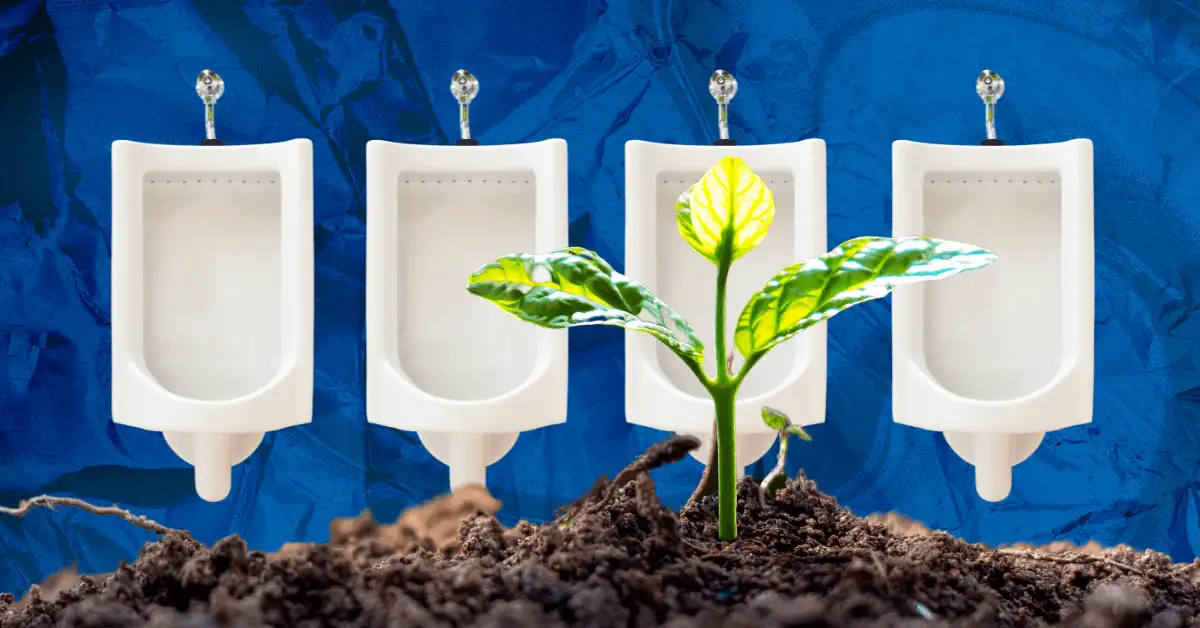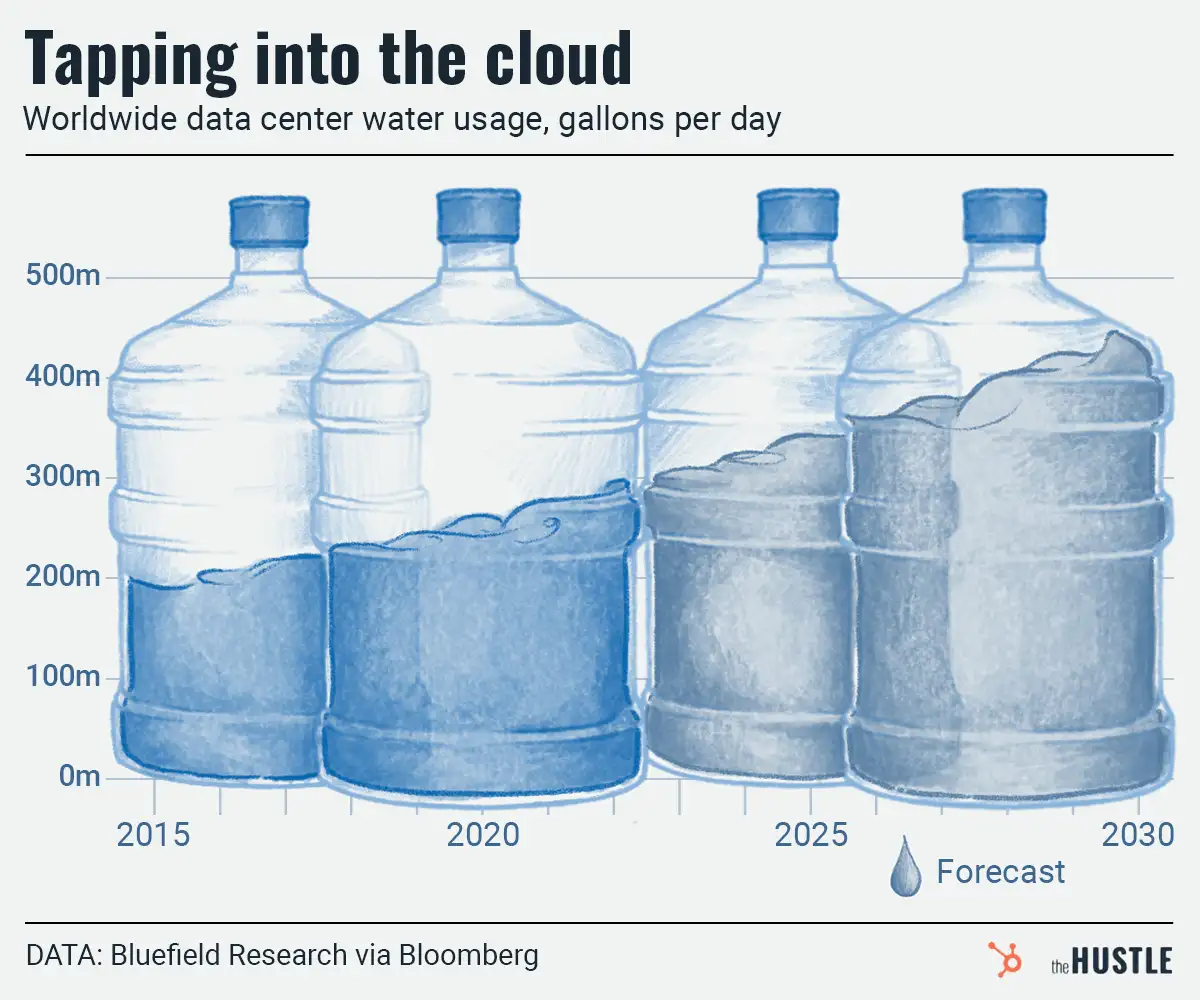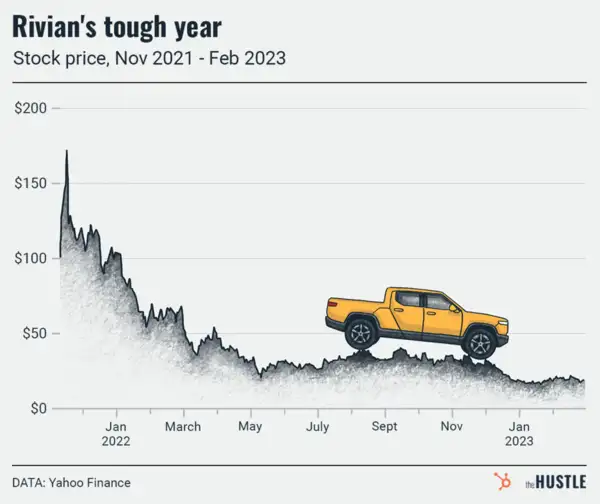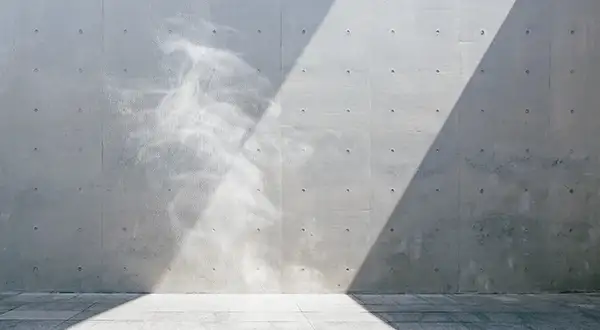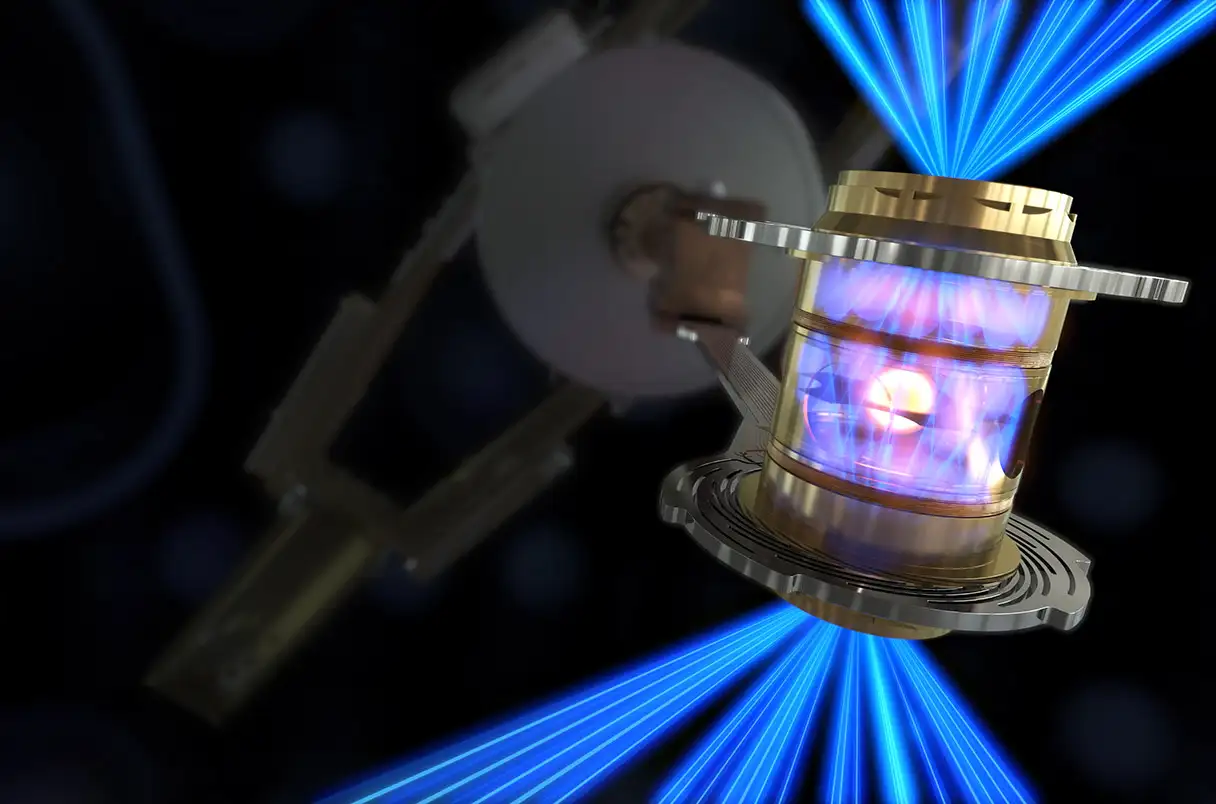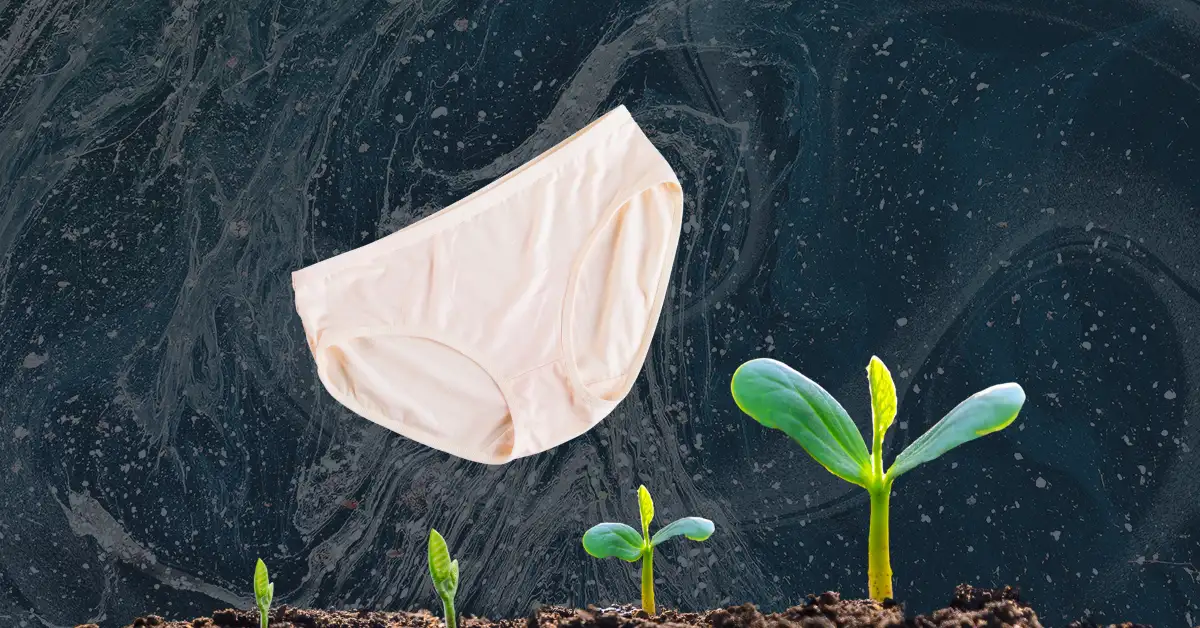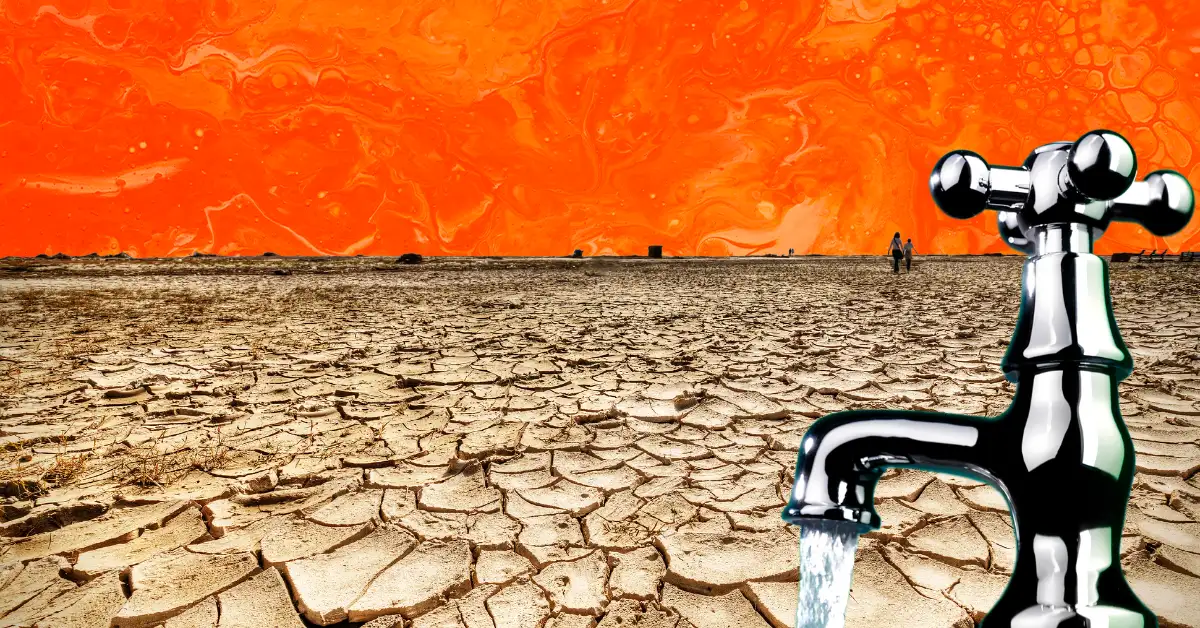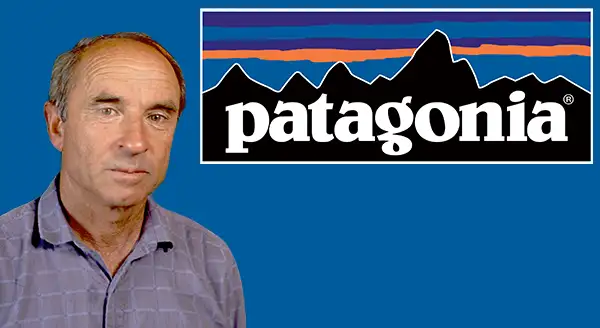In your favorite Netflix original show or movie, the protagonist likely spends most of their time on screen bathed in the perfect lighting.
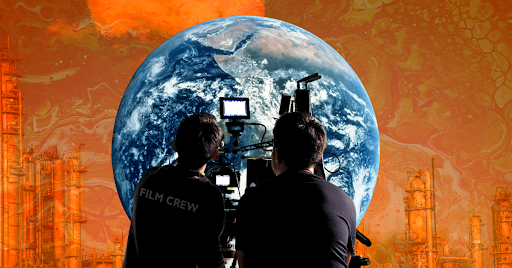
That movie magic adds a lot of drama and, unfortunately, a hefty dose of greenhouse gas emissions — the entertainment industry produces ~700k tons of CO2 equivalent a year.
But Netflix is working on changing that by implementing new practices to curb emissions on its sets, per Bloomberg:
- “Virgin River” uses two 18k-watt, battery-powered lights on set instead of traditional diesel generators and shuttles talent to and from filming locations in Teslas.
- “Bridgerton” experimented with hydrogen-powered trailers and trucks, and “Stranger Things” is testing solar-powered trailers.
- In Netflix’s Albuquerque studio, it’s invested in EV fast chargers, battery and solar storage systems, and geothermal water loops.
All those changes are part of Netflix’s goal to cut emissions in half by 2030.
But progress has been slow — the company’s 2021 and 2022 emissions increased compared to 2019, with the company growing faster than its carbon-cutting can keep up.
Green screen
Netflix, Walt Disney Co. and nonprofit RMI formed the Clean Mobile Power Initiative — which launched with 10 startups — to supply clean energy businesses with $100k convertible notes, investor intros, and access to sets to test their tech.
Plus, most of Hollywood is jumping on board, per The Hollywood Reporter:
- Warner Bros. Discovery’s Leavesden, England, facility switched to LED lighting and is testing out solar-powered carts and vehicles.
- NBCUniversal’s GreenerLight program brings sustainability to all stages of production. The company aims to be carbon neutral by 2035.
While change is happening, there are challenges.
Vancouver, BC, has as many as 50 productions filming at a given time, but only seven production-ready batteries, per Bloomberg. And building a solar-powered trailer costs 50%+ more than an equivalent diesel trailer.
Plus, actors need to fly and drive to get to filming locations, adding to emissions.
Unless, of course, the locations come to them, like with Amazon MGM Studios’ virtual Stage 15.
Climate
.jpg?width=48&height=48&name=IMG_2563%20(1).jpg)

